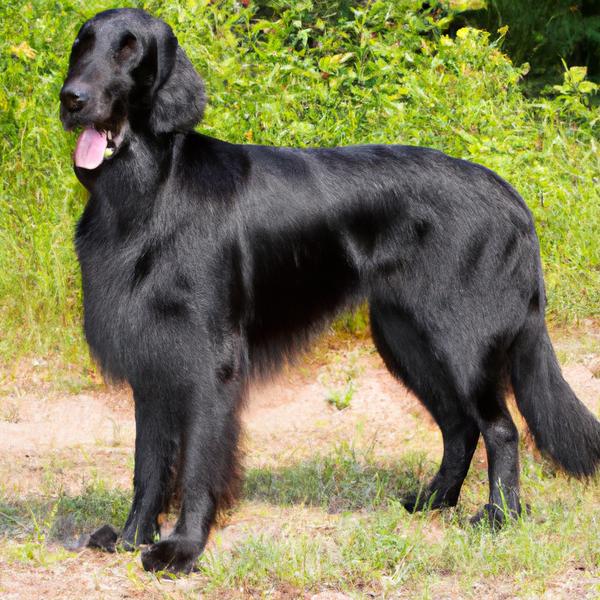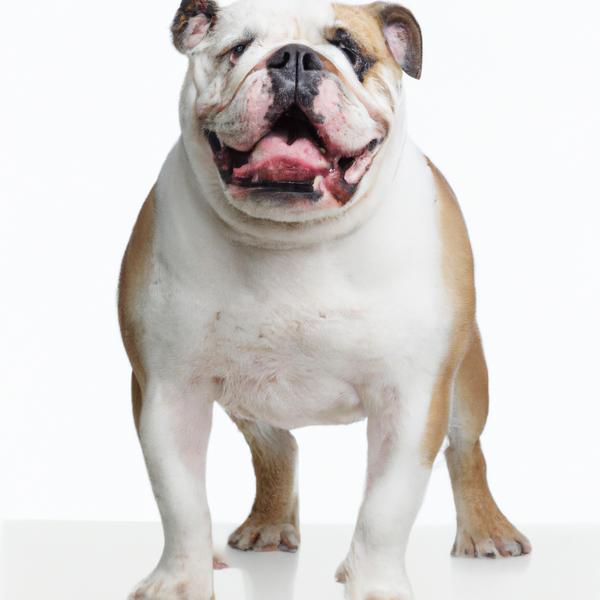Flat-Coated Retriever vs. English Bulldog Terrier: Breed Differences and Similarities
Hypoallergenic
Are Flat-Coated Retrievers or English Bulldog Terriers hypoallergenic, or neither?
Unfortunately, neither Flat-Coated Retriever nor English Bulldog Terrier are hypoallergenic, which may not make them the best choice for dog lovers who suffer from pet allergies.
Temperament
What are the personalities of Flat-Coated Retriever and English Bulldog Terrier dogs?
Friendly
Devoted
Outgoing
Confident
Optimistic
Intelligent
Active
Loving
Protective
Courageous
Friendly
Social
Tempered
Sweet
Aggressive
Trainable
Keen
Shedding Level
Do Flat-Coated Retrievers shed more than English Bulldog Terriers, or which breed sheds more, Flat-Coated Retrievers or English Bulldog Terriers?
Flat-Coated Retriever or English Bulldog Terrier dogs are not heavy shedders, but they will lose a significant amount of hair each year. To decrease the amount of shedding, you can regularly brush your Flat-Coated Retriever or English Bulldog Terrier. This will remove loose hair and keep their coat growing in the same direction.
Watchdog Ability
Which dog breed makes a better watchdog, the Flat-Coated Retriever or English Bulldog Terrier?
Choose a Flat-Coated Retriever if you want a top-notch watchdog. This breed takes guarding seriously, and may not require much training, though obedience or guard dog training can improve their skills.
Avoid English Bulldog Terriers as watchdogs - they're not effective.
Ancestry
What are the origins of Flat-Coated Retriever and English Bulldog Terrier breeds?
retriever, newfoundland water dog
Bull Terrier and English Bulldog
Date of Birth
When were Flat-Coated Retriever and English Bulldog Terrier breeds first developed?
1800s
Unknown
Eye Color Possibilites
What are the eye colors of Flat-Coated Retriever and English Bulldog Terrier dogs?
Brown
Brown
Nose Color Possibilites
What are the natural nose colors of Flat-Coated Retriever and English Bulldog Terrier?
Black
Brown
Black
Coat Color Possibilites
What are the natural colors of the coat for Flat-Coated Retriever and English Bulldog Terrier breeds?
Black
Brown
Fawn
Black
White
Red
Brindle
Coat Length
What is the typical coat length for Flat-Coated Retriever and English Bulldog Terrier breeds?
Flat-Coated Retrievers have medium-length coats.
English Bulldog Terriers have coats that can be either short or medium in length.
Coat Density
What is the density of the coat of Flat-Coated Retriever and English Bulldog Terrier?
Coat Texture
What is the hair texture of Flat-Coated Retriever and English Bulldog Terrier?
Straight
Litter Size
What is the usual litter size for Flat-Coated Retriever and English Bulldog Terrier?
A Flat-Coated Retriever can have a litter of 10-13 puppies on average. However, it's worth noting that the size of the litters can vary greatly. Factors that can influence litter size include the health of the mother, breeding history, and genetics.
An English Bulldog Terrier can have a litter of 4-5 puppies on average. However, it's worth noting that the size of the litters can vary greatly. Factors that can influence litter size include the health of the mother, breeding history, and genetics.
Adaptability
Flat-Coated Retriever and English Bulldog Terriers are known for their adaptability and versatility. They are capable of adapting well to a wide range of lifestyle changes and living environments, making them great companions for families and individuals of all lifestyles.
Health Issues
Between Flat-Coated Retriever and English Bulldog Terrier, which breed is more prone to health problems?
Flat-Coated Retriever and English Bulldog Terrier breeds are very healthy, with little need for frequent vet visits. However, it's important to keep an eye on their health and have them checked by a veterinarian when needed.
Major Concerns
What are the major health concerns for Flat-Coated Retriever and English Bulldog Terrier breeds?
Hip Dysplasia
Bloat
Cancer
Entropion
Ectropion
Canine Hip Dysplasia (Chd)
Brachycephalic Syndrome
Head Tremors
Minor Concerns
What minor health issues should be kept in mind when owning Flat-Coated Retriever and English Bulldog Terrier?
Distichiasis
Glaucoma
Histiocytosis
Mitral Valve Disease
Kidney Disease
Occasional Tests
What occasional tests are recommended for Flat-Coated Retriever and English Bulldog Terrier breeds?
Eye
Hip
Blood Test
Physical Examination
Cardiac
Ophthalmic Exam
Orthopedic
Brain Auditory Evoked Response (BAER)
Internal Imaging (x-ray, CT scan, MRI, etc.)
Blood And Urine Analysis
Biopsies
Energy
How do the energy levels of Flat-Coated Retrievers and English Bulldog Terriers compare?
Flat-Coated Retrievers thrive on an active lifestyle due to their high-energy nature.
English Bulldog Terriers are a good choice for a low-key lifestyle due to their low energy levels.
Social Needs
Flat-Coated Retriever vs English Bulldog Terrier social needs comparison
Flat-Coated Retriever has average social needs and is less independent than other breeds.
English Bulldog Terrier has very high social needs and requires regular mental and physical stimulation, a job or purpose, and companionship.
Exercise Needed
Flat-Coated Retriever vs English Bulldog Terrier exercise need comparison.
Flat-Coated Retrievers need high physical activity and are ideal for active individuals, but not suitable for sedentary lifestyles or small apartments.
English Bulldog Terriers need moderate physical activity and are great for families and active individuals.
Sleeping Need
Which of the two sleeps the most/least: Flat-Coated Retriever or English Bulldog Terrier?
Flat-Coated Retrievers are active and require sufficient sleep to stay healthy.
English Bulldog Terriers have moderate energy levels and typical sleep patterns of 12-14 hours per day.
Tendency to Bark
Do Flat-Coated Retrievers or English Bulldog Terriers bark more/less frequently?
Flat-Coated Retrievers bark moderately when necessary and may also bark due to certain triggers like fear, alarm, boredom, greeting, separation anxiety and compulsive barking.
English Bulldog Terriers are typically quiet and only bark when needed, such as to alert their owner or when in distress.
Mouthiness
Mouthiness Comparison: Flat-Coated Retriever vs English Bulldog Terrier?
Roaming urge
Flat-Coated Retriever vs Labrador: Running away tendency?
Prey Drive
Flat-Coated Retriever or English Bulldog Terrier - which breed has a higher level of prey drive?
Activity Level
Which breed has higher energy, Flat-Coated Retrievers or English Bulldog Terriers?
Both Flat-Coated Retriever and English Bulldog Terrier are medium-energy dogs that enjoy socializing and playing with other dogs. They may engage in casual or sustained games of chase, and occasionally have bursts of barking or racing around the house.
Tolerance of being left alone
Walks per Week
How many miles should Flat-Coated Retriever or English Bulldog Terrier walk each week?
There's really no limit to how far you walk your dog as long as they're comfortable. For Flat-Coated Retriever, it's at least 10 miles / week. Just remember to build distance and stamina gradually over time.
There's really no limit to how far you walk your dog as long as they're comfortable. For English Bulldog Terrier, it's at least 8 miles / week. Just remember to build distance and stamina gradually over time.
Activity per Day
Do Flat-Coated Retrievers or English Bulldog Terriers require more exercise?
In general most Flat-Coated Retrievers usually need at least 60 minutes of exercise daily. This can be spread across the day and include all sorts of high-energy activities, like walking, running and playing.
In general most English Bulldog Terriers usually need at least 45 minutes of exercise daily. This can be spread across the day and include all sorts of high-energy activities, like walking, running and playing.
Grooming
Which breed is easier to maintain in terms of grooming, Flat-Coated Retrievers or English Bulldog Terriers?
Flat-Coated Retriever and English Bulldog Terrier are breeds of dogs that are known for their low grooming needs.
Brushing Frequency
What is the recommended brushing frequency for Flat-Coated Retriever and English Bulldog Terrier dogs?
Flat-Coated Retriever and English Bulldog Terrier should be brushed at least once a week. Of course, you can give them more frequent brushes if you find that they are still shedding a lot.
Brushing Tools
What brushing tools are used for Flat-Coated Retrievers and English Bulldog Terriers?
Pin Brush
Dematter
Comb
Nail Clipper
Slicker Brush
Comb
Nail Clipper
Cups
How much food should be given to Flat-Coated Retriever or English Bulldog Terrier in cups?
For an average 60-80 pound (27 - 36 kg) Flat-Coated Retriever feed 3.2 cups daily. But, keep in mind, the amount you feed is going to be dependent on the quality of the food you are feeding.
For an average 55-60 pound (25 - 27 kg) English Bulldog Terrier feed 3 cups daily. But, keep in mind, the amount you feed is going to be dependent on the quality of the food you are feeding.
Daily Cost
Which breed has a higher daily cost, Flat-Coated Retriever or English Bulldog Terrier?
Flat-Coated Retriever and English Bulldog Terrier have a similar average daily cost of around $2.10 - $2.70.
Monthly Cost
Which breed has a higher monthly cost, Flat-Coated Retriever or English Bulldog Terrier?
When it comes to monthly expenses, both Flat-Coated Retriever and English Bulldog Terrier have a similar average cost, ranging from $55 - $73. This results in an average yearly cost of around $660 - $876.
Intelligence
Comparing Intelligence: Flat-Coated Retrievers vs English Bulldog Terriers
Flat-Coated Retriever is a very intelligent and trainable breed.
English Bulldog Terrier is an independent and stubborn breed with low obedience intelligence, making training a test of patience.
Sensitivity Level
How do Flat-Coated Retriever and English Bulldog Terrier compare in sensitivity?
These dog breeds are particularly attuned to its environment and the emotions of those around it. Flat-Coated Retriever and English Bulldog Terrier can be easily overwhelmed by loud noises, new environments, unfamiliar people, or animals. This dog breed is best suited for individuals or families who are patient, gentle, and understanding of its sensitive nature. It may also benefit from a calm and stable home environment, with a consistent routine and plenty of positive reinforcement training.
Affection Dependance
Which is the more affectionate dog breed: Flat-Coated Retriever vs English Bulldog Terrier?
Apartment Friendly
Which breed is more apartment-friendly: Flat-Coated Retriever or English Bulldog Terrier?
The Flat-Coated Retriever is not suitable for apartments and requires a large yard to thrive. Pent-up energy in small spaces can lead to destructive behavior.
English Bulldog Terriers make excellent apartment dogs, being fairly active indoors and not requiring a yard.
Child Friendly
Do Flat-Coated Retrievers or English Bulldog Terriers have a friendlier temperament towards children?
Flat-Coated Retrievers are good with kids if socialized and trained from a young age.
English Bulldog Terriers make excellent family pets for kids due to their gentle, protective nature and calm temperament.
Senior-friendly
Which dog is more suitable as a pet for the elderly - Flat-Coated Retriever or English Bulldog Terrier?
Cat Friendly
Do Flat-Coated Retriever or English Bulldog Terrier breeds have a better compatibility with cats?
Flat-Coated Retrievers are average in their friendliness toward cats and tend to do well with them, especially if raised together.
English Bulldog Terriers are good with cats, but early training is needed to prevent chasing behavior.
Dog Friendly
Which breed is more sociable with other dogs: Flat-Coated Retriever or English Bulldog Terrier?
Flat-Coated Retrievers and English Bulldog Terriers are friendly, active and loyal companions. They generally love to be around other dogs, making them a good family pet for some.
Pet friendly
How do Flat-Coated Retriever or English Bulldog Terrier dogs interact with other pets?
Stranger Friendly
Which breed is more friendly with strangers: Flat-Coated Retriever or English Bulldog Terrier?
Flat-Coated Retrievers are friendly but may bark at strangers, and training is easy due to their intelligence.
English Bulldog Terriers are highly friendly around strangers.
Playfulness
Which breed is more playful between Flat-Coated Retriever and English Bulldog Terrier?
Flat-Coated Retrievers are very playful, so adopting an older one might be a better option for a more relaxed experience.
English Bulldog Terriers have an average level of playfulness, enjoying playtime like most dogs but not excessively so.
Trainability
How do the trainability levels of Flat-Coated Retrievers and English Bulldog Terriers compare?
Flat-Coated Retrievers are popular for their ease of training and quick learning ability.
English Bulldog Terriers are usually easy to train but require consistency to fully obey commands.
Compare Flat-Coated Retriever with other breeds
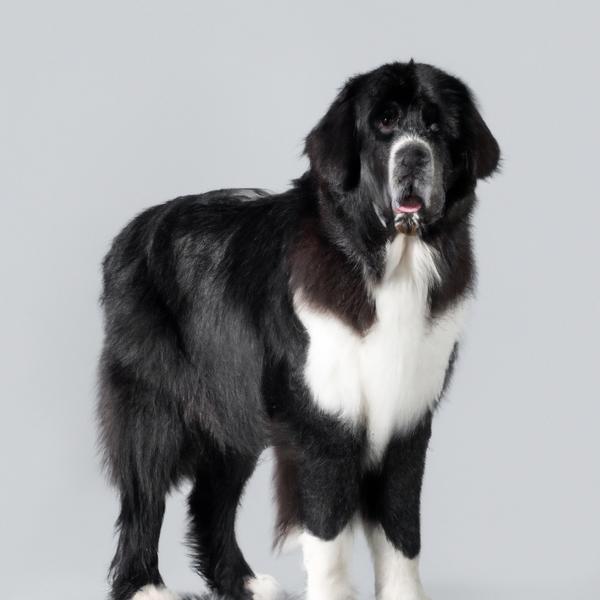
Border Newfie
Flat-Coated Retriever vs Border Newfie
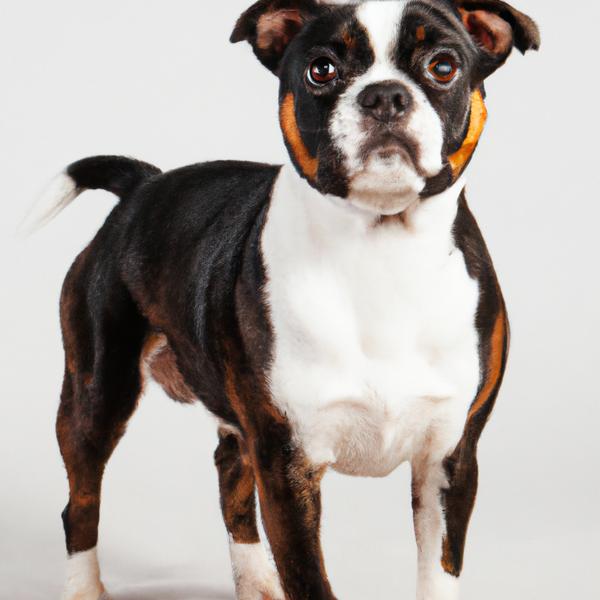
Bullhuahua
Flat-Coated Retriever vs Bullhuahua
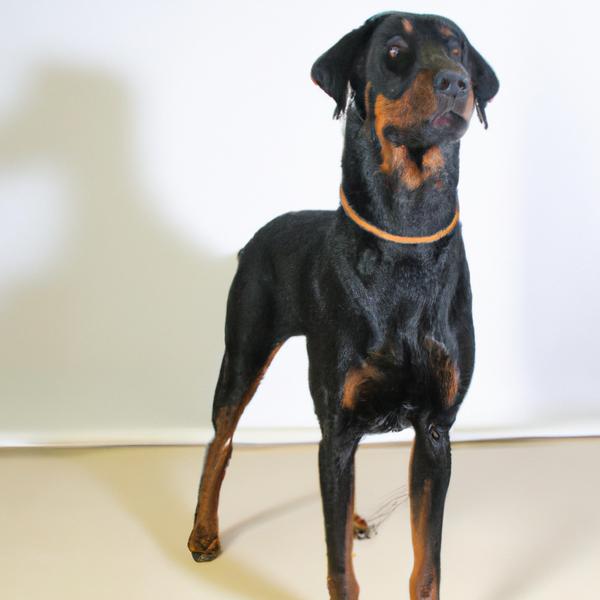
Weston
Flat-Coated Retriever vs Weston
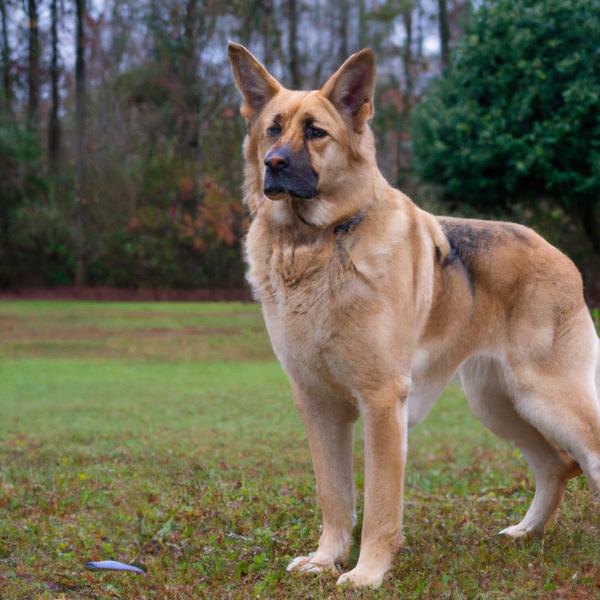
Golden Shepherd
Flat-Coated Retriever vs Golden Shepherd
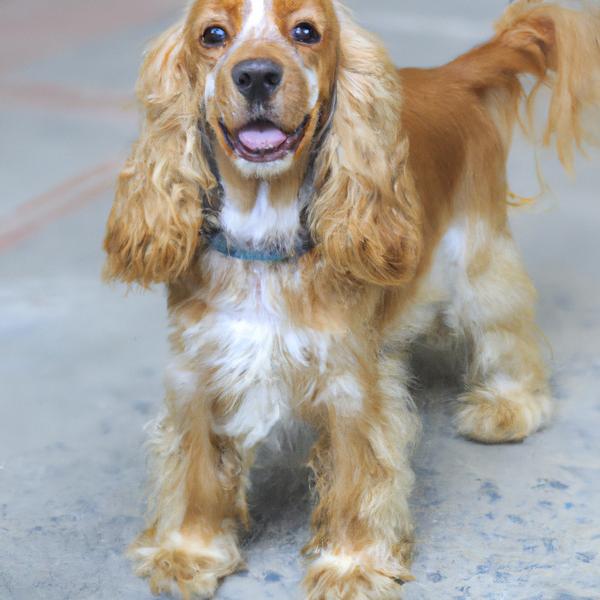
Cocker Jack
Flat-Coated Retriever vs Cocker Jack

Mali-dutchie
Flat-Coated Retriever vs Mali-dutchie
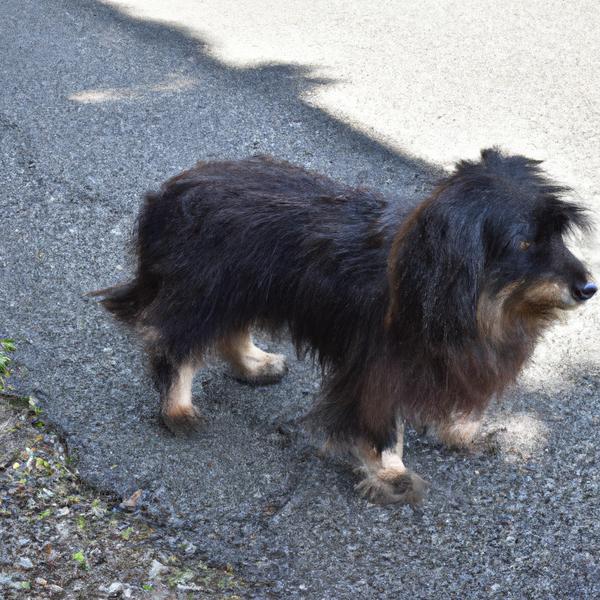
Schnese
Flat-Coated Retriever vs Schnese
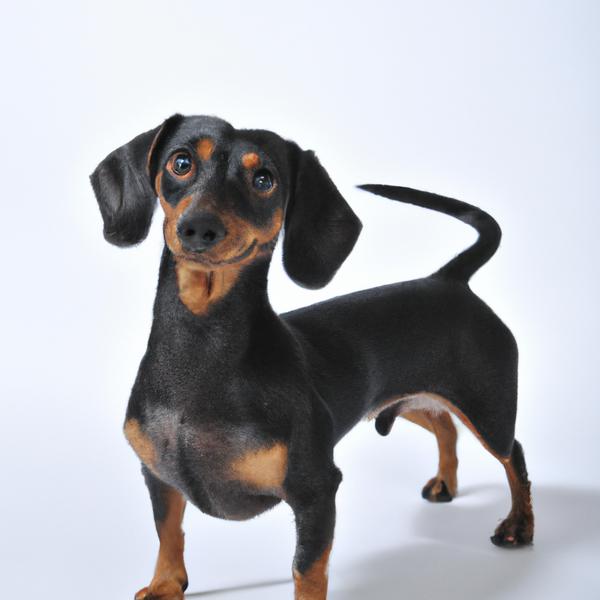
Doxie-Pin
Flat-Coated Retriever vs Doxie-Pin
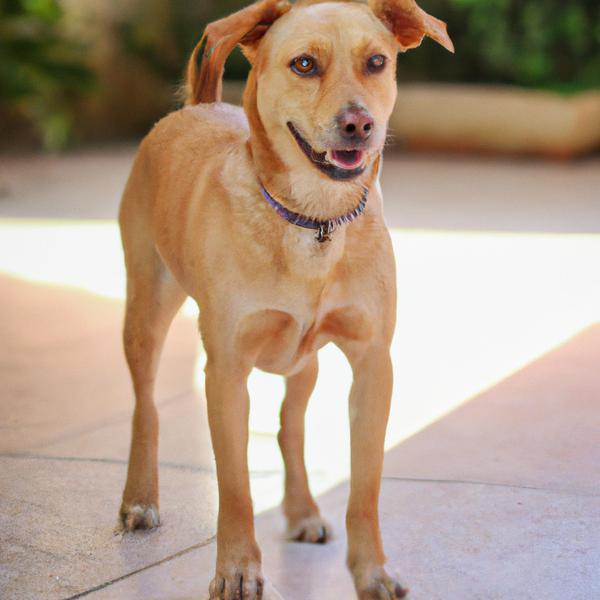
Labrahuahua
Flat-Coated Retriever vs Labrahuahua
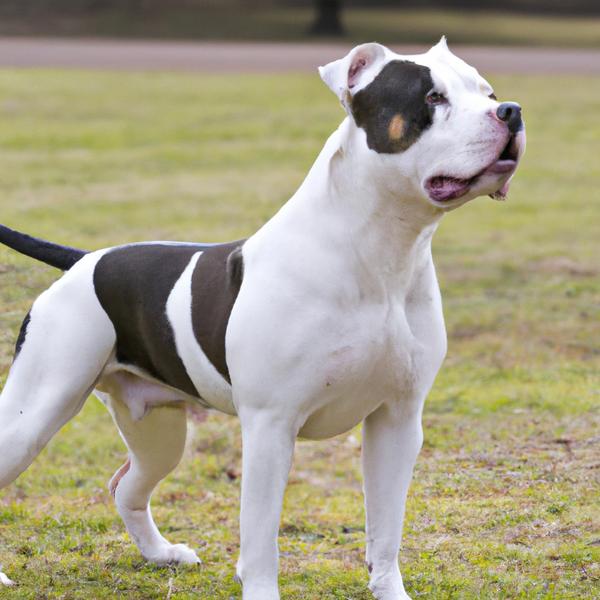
American Bull-Jack
Flat-Coated Retriever vs American Bull-Jack
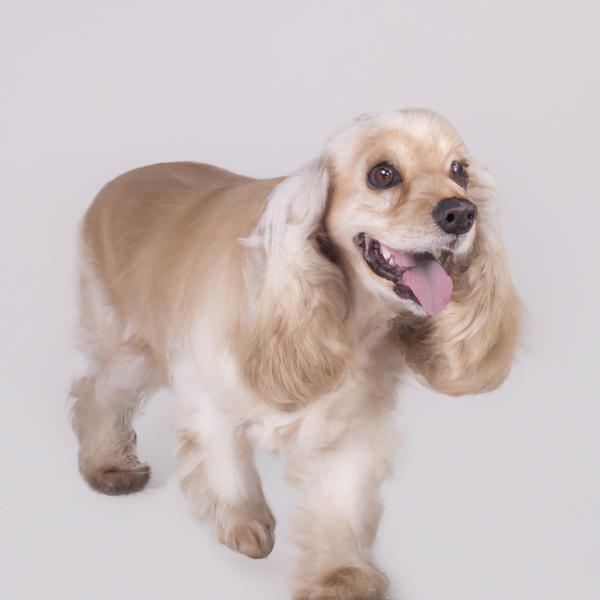
Lha-Cocker
Flat-Coated Retriever vs Lha-Cocker
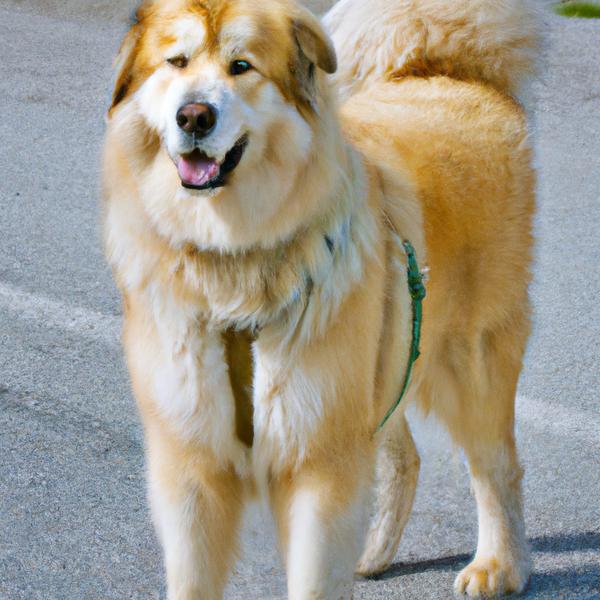
Alaskan Goldenmute
Flat-Coated Retriever vs Alaskan Goldenmute
